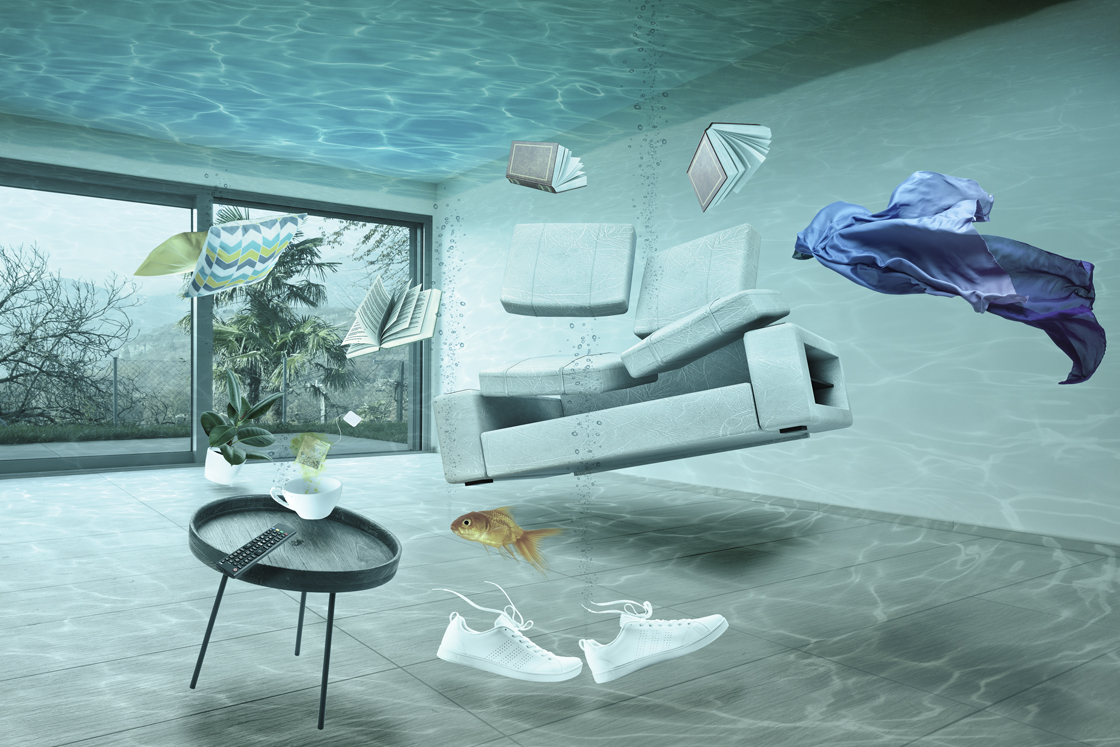6 Proven Methods to Spot Covert Water Line Leaks Stealthily
Call TodayDo you find yourself searching for insight on Leaking water lines?

Early discovery of leaking water lines can reduce a potential calamity. Some tiny water leaks may not be visible.
1. Take A Look At the Water Meter
Every house has a water meter. Inspecting it is a surefire manner in which assists you uncover leaks. For starters, shut off all the water resources. Ensure no one will flush, utilize the tap, shower, run the cleaning equipment or dishwasher. From there, go to the meter and watch if it will change. Since no one is utilizing it, there need to be no movements. That suggests a fast-moving leakage if it relocates. Similarly, if you detect no changes, wait an hour or more as well as inspect back once more. This suggests you may have a slow leak that might also be below ground.
2. Check Water Intake
Assess your water expenses and also track your water usage. As the one paying it, you should discover if there are any kind of discrepancies. If you find sudden changes, in spite of your consumption being the same, it implies that you have leaks in your plumbing system. Remember, your water bill need to drop under the exact same range monthly. A sudden spike in your costs suggests a fast-moving leak.
A constant rise every month, also with the exact same practices, shows you have a slow-moving leakage that's likewise slowly intensifying. Call a plumber to thoroughly inspect your building, specifically if you feel a cozy area on your floor with piping beneath.
3. Do a Food Coloring Test
When it comes to water usage, 30% comes from commodes. If the color in some way infiltrates your bowl throughout that time without flushing, there's a leak between the container and dish.
4. Asses Outside Lines
Don't neglect to check your outside water lines too. Examination spigots by connecting a yard hose pipe. Must water seep out of the connection, you have a loosened rubber gasket. Change this and make sure all links are limited. If you've obtained an automatic sprinkler, it will aid get it properly took a look at as well as preserved each year. One small leak can waste lots of water as well as surge your water bill.
5. Analyze the circumstance and examine
Home owners should make it a practice to inspect under the sink counters as well as even inside cabinets for any bad odor or mold growth. These 2 warnings show a leakage so timely interest is required. Doing routine inspections, even bi-annually, can conserve you from a significant issue.
If you recognize your residence is already old, maintain a careful eye on your heating systems, hose pipes, pipes and so on. Check for discolorations and compromising as many pipes and home appliances have a life expectancy. They will certainly also normally degrade because of tear and also use. Don't wait for it to intensify if you suspect leaking water lines in your plumbing system. Call a specialist plumber today so you don't end up with a dreadful mess in your home.
Early detection of dripping water lines can mitigate a prospective calamity. Some tiny water leakages might not be noticeable. Inspecting it is a guaranteed way that helps you find leakages. One little leakage can lose loads of water as well as increase your water bill.
If you think dripping water lines in your plumbing system, do not wait for it to rise.
WARNING SIGNS OF WATER LEAKAGE BEHIND THE WALL
PERSISTENT MUSTY ODORS
As water slowly drips from a leaky pipe inside the wall, flooring and sheetrock stay damp and develop an odor similar to wet cardboard. It generates a musty smell that can help you find hidden leaks.
MOLD IN UNUSUAL AREAS
Mold usually grows in wet areas like kitchens, baths and laundry rooms. If you spot the stuff on walls or baseboards in other rooms of the house, it’s a good indicator of undetected water leaks.
STAINS THAT GROW
When mold thrives around a leaky pipe, it sometimes takes hold on the inside surface of the affected wall. A growing stain on otherwise clean sheetrock is often your sign of a hidden plumbing problem.
PEELING OR BUBBLING WALLPAPER / PAINT
This clue is easy to miss in rooms that don’t get much use. When you see wallpaper separating along seams or paint bubbling or flaking off the wall, blame sheetrock that stays wet because of an undetected leak.
BUCKLED CEILINGS AND STAINED FLOORS
If ceilings or floors in bathrooms, kitchens or laundry areas develop structural problems, don’t rule out constant damp inside the walls. Wet sheetrock can affect adjacent framing, flooring and ceilings.
https://www.servicemasterbyzaba.com/blog/how-to-detect-water-leakage-in-walls/

We had been introduced to that report about Finding hidden leaks through a good friend on our other domain. Enjoyed reading our blog entry? Please share it. Help someone else find it. Thank-you for taking the time to read it.
Rely on our service.